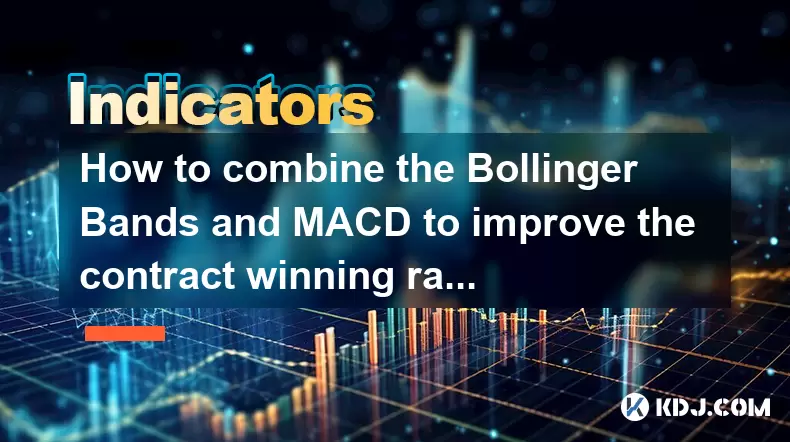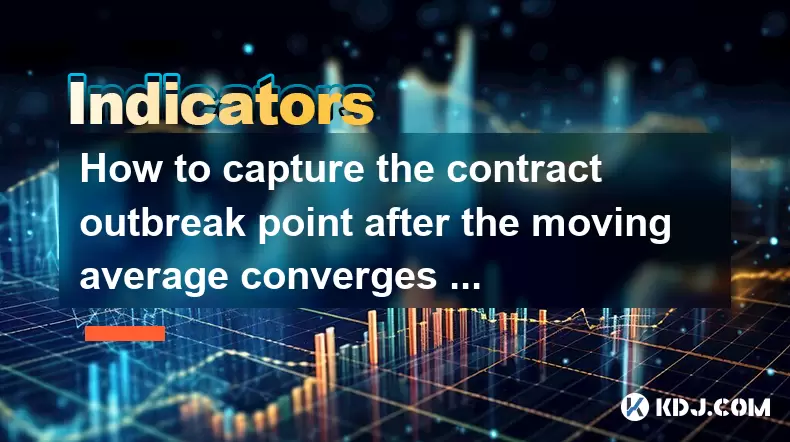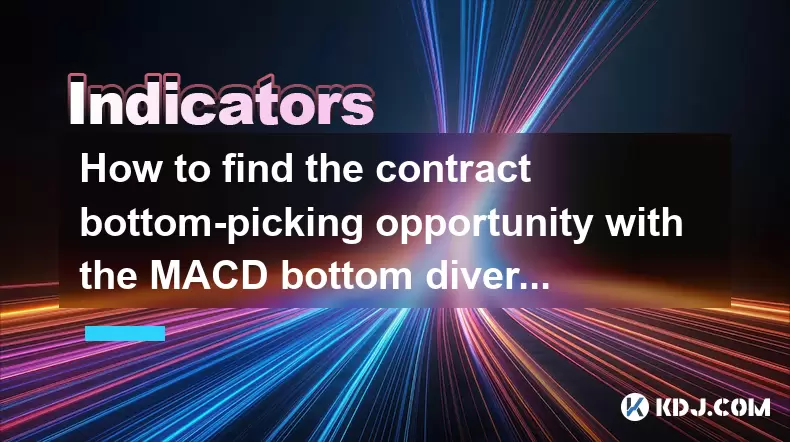-
 Bitcoin
Bitcoin $106,754.6083
1.33% -
 Ethereum
Ethereum $2,625.8249
3.80% -
 Tether USDt
Tether USDt $1.0001
-0.03% -
 XRP
XRP $2.1891
1.67% -
 BNB
BNB $654.5220
0.66% -
 Solana
Solana $156.9428
7.28% -
 USDC
USDC $0.9998
0.00% -
 Dogecoin
Dogecoin $0.1780
1.14% -
 TRON
TRON $0.2706
-0.16% -
 Cardano
Cardano $0.6470
2.77% -
 Hyperliquid
Hyperliquid $44.6467
10.24% -
 Sui
Sui $3.1128
3.86% -
 Bitcoin Cash
Bitcoin Cash $455.7646
3.00% -
 Chainlink
Chainlink $13.6858
4.08% -
 UNUS SED LEO
UNUS SED LEO $9.2682
0.21% -
 Avalanche
Avalanche $19.7433
3.79% -
 Stellar
Stellar $0.2616
1.64% -
 Toncoin
Toncoin $3.0222
2.19% -
 Shiba Inu
Shiba Inu $0.0...01220
1.49% -
 Hedera
Hedera $0.1580
2.75% -
 Litecoin
Litecoin $87.4964
2.29% -
 Polkadot
Polkadot $3.8958
3.05% -
 Ethena USDe
Ethena USDe $1.0000
-0.04% -
 Monero
Monero $317.2263
0.26% -
 Bitget Token
Bitget Token $4.5985
1.68% -
 Dai
Dai $0.9999
0.00% -
 Pepe
Pepe $0.0...01140
2.44% -
 Uniswap
Uniswap $7.6065
5.29% -
 Pi
Pi $0.6042
-2.00% -
 Aave
Aave $289.6343
6.02%
How to combine the Bollinger Bands and MACD to improve the contract winning rate?
Combining Bollinger Bands and MACD can help identify high-probability entry and exit points in crypto futures by confirming overbought/oversold levels with momentum signals.
Jun 19, 2025 at 06:35 pm

Understanding Bollinger Bands and MACD Indicators
To effectively combine Bollinger Bands and the MACD (Moving Average Convergence Divergence), it's essential to first understand what each indicator represents. Bollinger Bands consist of a middle moving average line and two outer bands that adjust based on market volatility. When prices move toward the upper band, it suggests overbought conditions; when they approach the lower band, it may indicate oversold conditions.
The MACD, on the other hand, is a trend-following momentum indicator that shows the relationship between two moving averages of a security’s price. It consists of the MACD line, signal line, and histogram. When the MACD line crosses above the signal line, it indicates bullish momentum; when it crosses below, bearish momentum is suggested.
By combining these two tools, traders can better identify high-probability entry and exit points in cryptocurrency futures or perpetual contracts.
Setting Up the Chart for Dual Indicator Analysis
Before analyzing any crypto contract trade, ensure your chart has both Bollinger Bands and MACD indicators applied correctly. Here's how:
- Open your preferred trading platform such as Binance Futures, Bybit, or TradingView.
- Select the time frame relevant to your strategy — typically 15-minute, 1-hour, or 4-hour charts are used by active traders.
- Add the Bollinger Bands with default settings: 20-period SMA and 2 standard deviations.
- Overlay the MACD with standard parameters: 12-period EMA, 26-period EMA, and 9-period signal line.
Once both indicators are set up, you're ready to interpret their combined signals for contract trading decisions.
Identifying Entry Signals Using Both Indicators
To increase the probability of successful trades, look for confluence between Bollinger Bands and MACD signals. Here’s how to do it:
- Watch for price touching or crossing the upper Bollinger Band, which may suggest overbought conditions.
- At the same time, check if the MACD line is below the signal line and beginning to turn upward.
- If both conditions align, wait for the price to pull back slightly toward the middle band before entering a short position.
Conversely, for long entries:
- Observe price approaching or touching the lower Bollinger Band, indicating possible oversold territory.
- Confirm with the MACD line crossing above the signal line or showing rising momentum.
- Enter a long trade after a small bounce from the lower band.
This dual confirmation helps filter out false signals and increases the likelihood of favorable outcomes.
Managing Risk with Combined Indicator Strategy
Risk management remains crucial even when using strong technical indicators like Bollinger Bands and MACD. To implement this strategy safely:
- Set stop-loss orders just beyond the upper or lower Bollinger Band, depending on the direction of your trade.
- Use take-profit levels near the middle band or previous support/resistance zones.
- Adjust position size according to your risk tolerance and account balance.
- Monitor MACD divergence — if the price makes a new high but MACD doesn’t, it could be an early warning sign of reversal.
Avoid placing trades solely based on one indicator’s signal without confirming with the other. This disciplined approach enhances contract trading performance.
Recognizing False Signals and Filtering Noise
In volatile crypto markets, false signals are common. Therefore, understanding how to filter them is vital when combining Bollinger Bands and MACD:
- Avoid taking trades when the price is hugging the Bollinger Band for extended periods without clear MACD confirmation.
- Be cautious during sideways or ranging markets where Bollinger Bands compress and MACD oscillates around the zero line without clear direction.
- Consider adding volume analysis — rising volume during a breakout from the bands with aligned MACD movement strengthens the validity of the signal.
Using multiple time frames can also help. For instance, check higher time frame trends to avoid counter-trend trades that might appear valid on shorter intervals.
Frequently Asked Questions
What time frame works best for combining Bollinger Bands and MACD in crypto contracts?
A 1-hour or 4-hour chart is generally ideal for spotting reliable setups. Shorter time frames like 5 or 15 minutes can generate more noise and false signals.
Can I use Bollinger Bands and MACD on all cryptocurrencies?
Yes, these indicators work across major cryptocurrencies like BTC, ETH, and altcoins. However, highly illiquid or low-volume coins may produce less predictable results.
Is it necessary to adjust the Bollinger Bands or MACD settings?
Default settings are suitable for most cases. However, some traders tweak the period values based on specific assets or strategies. Always backtest any changes before live trading.
How do I know if a MACD crossover is strong enough to trade with Bollinger Bands?
Look for crossovers that occur after a clear pullback from the band and are supported by increasing volume. Also, consider whether the crossover aligns with the overall trend direction.
Disclaimer:info@kdj.com
The information provided is not trading advice. kdj.com does not assume any responsibility for any investments made based on the information provided in this article. Cryptocurrencies are highly volatile and it is highly recommended that you invest with caution after thorough research!
If you believe that the content used on this website infringes your copyright, please contact us immediately (info@kdj.com) and we will delete it promptly.
- Shiba Inu, Dogecoin, and XYZVerse: Navigating the Meme Coin Mania in NYC
- 2025-06-19 20:45:12
- Raydium (RAY) Price Pump: Riding the Cryptocurrency Wave
- 2025-06-19 21:05:12
- Solana, BNB, Bitcoin: Decoding the Crypto Crossroads
- 2025-06-19 20:45:12
- MAGACOIN FINANCE: The Altcoin Presale Shaking Up the Meme Coin Market
- 2025-06-19 20:25:12
- Crypto Trader's New Obsession: Little Pepe vs. Shiba Inu – A Meme Coin Face-Off!
- 2025-06-19 21:25:11
- Solana Memecoin Mania: Riding the Wave to All-Time Highs?
- 2025-06-19 20:50:12
Related knowledge

How to combine the Bollinger Bands and MACD to improve the contract winning rate?
Jun 19,2025 at 06:35pm
Understanding Bollinger Bands and MACD IndicatorsTo effectively combine Bollinger Bands and the MACD (Moving Average Convergence Divergence), it's essential to first understand what each indicator represents. Bollinger Bands consist of a middle moving average line and two outer bands that adjust based on market volatility. When prices move toward the up...

How does the long lower shadow of the K line indicate the formation of the bottom of the contract?
Jun 19,2025 at 05:00am
Understanding the Long Lower Shadow in K-Line AnalysisIn cryptocurrency trading, K-line analysis plays a pivotal role in determining market sentiment and potential price reversals. A long lower shadow, also known as a long wick, is one of the most telling candlestick patterns that traders look for when assessing whether a bottom might be forming in a co...

How to capture the contract outbreak point after the moving average converges and diverges?
Jun 19,2025 at 02:07pm
Understanding Moving Average Convergence and Divergence in Crypto TradingIn cryptocurrency trading, moving averages are among the most widely used technical indicators. The concept of convergence and divergence refers to how different moving averages align or separate over time. When short-term and long-term moving averages come together (converge), it ...

How to find the contract bottom-picking opportunity with the MACD bottom divergence?
Jun 19,2025 at 02:28pm
Understanding MACD Bottom Divergence in Cryptocurrency TradingMACD (Moving Average Convergence Divergence) is a widely used technical analysis tool that helps traders identify potential reversals in price trends. Bottom divergence, specifically, occurs when the price of an asset makes a new low, but the MACD indicator does not confirm this by making a c...

How to use the DEMARK indicator to predict the high and low points of the contract?
Jun 19,2025 at 04:21am
What Is the DEMARK Indicator?The DEMARK indicator is a technical analysis tool developed by Tom DeMark, aimed at identifying price exhaustion points in financial markets. It helps traders anticipate potential reversal zones, especially in volatile environments such as cryptocurrency contracts. The indicator works by detecting specific patterns and seque...

Why does the contract sometimes not fall after the moving average crosses?
Jun 18,2025 at 08:50pm
Understanding Moving Averages in Cryptocurrency TradingIn the realm of cryptocurrency trading, moving averages are among the most widely used technical indicators. They help traders identify potential trends by smoothing out price data over a specified period. The two primary types are the Simple Moving Average (SMA) and the Exponential Moving Average (...

How to combine the Bollinger Bands and MACD to improve the contract winning rate?
Jun 19,2025 at 06:35pm
Understanding Bollinger Bands and MACD IndicatorsTo effectively combine Bollinger Bands and the MACD (Moving Average Convergence Divergence), it's essential to first understand what each indicator represents. Bollinger Bands consist of a middle moving average line and two outer bands that adjust based on market volatility. When prices move toward the up...

How does the long lower shadow of the K line indicate the formation of the bottom of the contract?
Jun 19,2025 at 05:00am
Understanding the Long Lower Shadow in K-Line AnalysisIn cryptocurrency trading, K-line analysis plays a pivotal role in determining market sentiment and potential price reversals. A long lower shadow, also known as a long wick, is one of the most telling candlestick patterns that traders look for when assessing whether a bottom might be forming in a co...

How to capture the contract outbreak point after the moving average converges and diverges?
Jun 19,2025 at 02:07pm
Understanding Moving Average Convergence and Divergence in Crypto TradingIn cryptocurrency trading, moving averages are among the most widely used technical indicators. The concept of convergence and divergence refers to how different moving averages align or separate over time. When short-term and long-term moving averages come together (converge), it ...

How to find the contract bottom-picking opportunity with the MACD bottom divergence?
Jun 19,2025 at 02:28pm
Understanding MACD Bottom Divergence in Cryptocurrency TradingMACD (Moving Average Convergence Divergence) is a widely used technical analysis tool that helps traders identify potential reversals in price trends. Bottom divergence, specifically, occurs when the price of an asset makes a new low, but the MACD indicator does not confirm this by making a c...

How to use the DEMARK indicator to predict the high and low points of the contract?
Jun 19,2025 at 04:21am
What Is the DEMARK Indicator?The DEMARK indicator is a technical analysis tool developed by Tom DeMark, aimed at identifying price exhaustion points in financial markets. It helps traders anticipate potential reversal zones, especially in volatile environments such as cryptocurrency contracts. The indicator works by detecting specific patterns and seque...

Why does the contract sometimes not fall after the moving average crosses?
Jun 18,2025 at 08:50pm
Understanding Moving Averages in Cryptocurrency TradingIn the realm of cryptocurrency trading, moving averages are among the most widely used technical indicators. They help traders identify potential trends by smoothing out price data over a specified period. The two primary types are the Simple Moving Average (SMA) and the Exponential Moving Average (...
See all articles

























































































